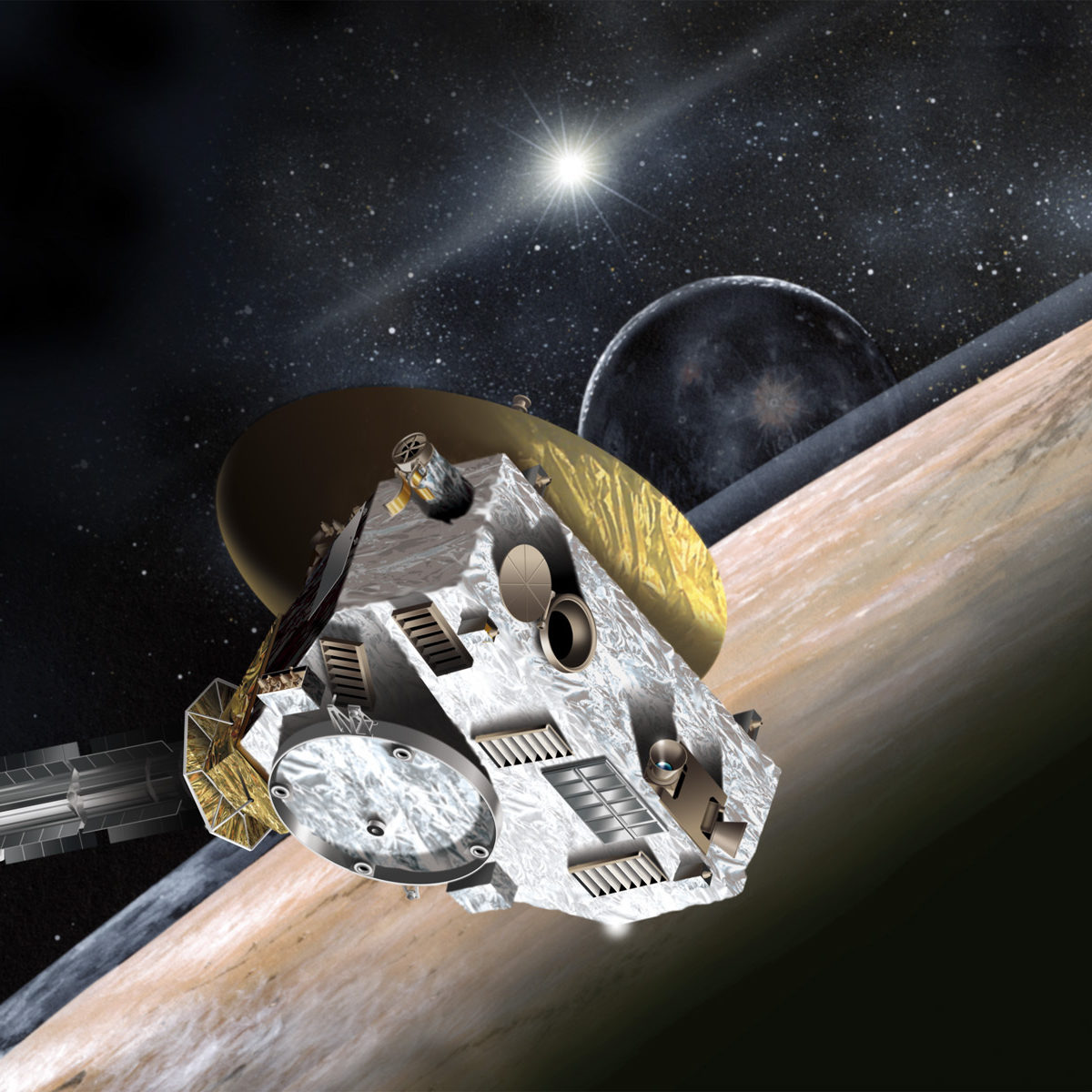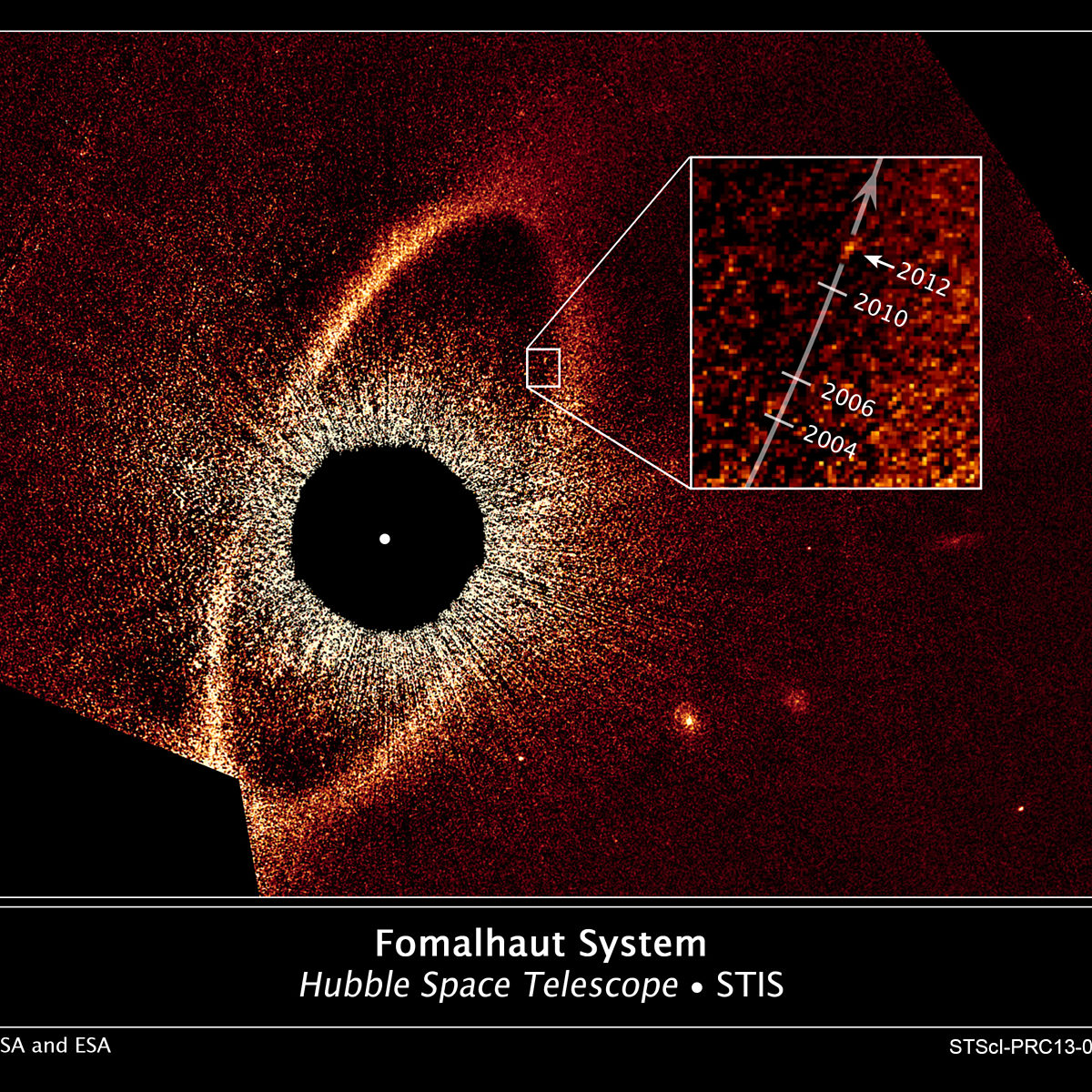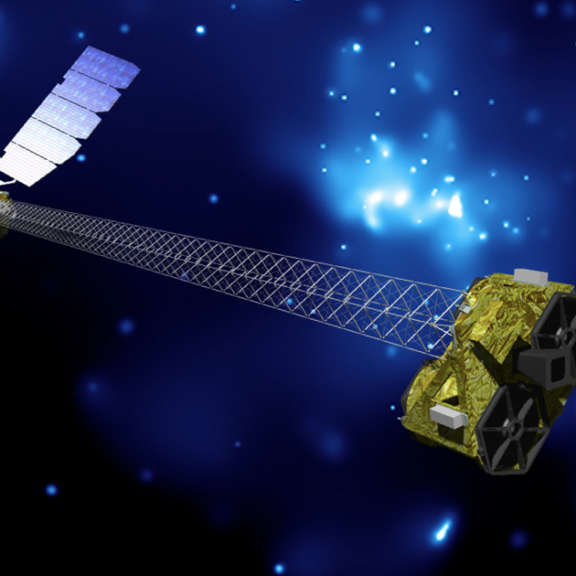All
All
Stories, updates, insights, and original analysis from The Planetary Society.
Astronomy Enters a New Era
A live conversation about just a few of the powerful new instruments that will revolutionize our knowledge of the cosmos once again.
An Amazing Evening for Planetary Defense
Bill Nye, Bruce Betts, Mat Kaplan, Meteorite Man Geoffrey Notkin and stars of planetary science at the Planetary Defense Conference public event in Flagstaff.
Planetary Society Weekly Hangout: The Ice Giants, with Heidi Hammel
My guest this was Planetary Society Board vice president Heidi Hammel. We discussed two planets near and dear to our hearts, Neptune and Uranus. What's new on these icy worlds since Voyager 2 passed by, and what are the prospects for their future exploration?
Planetary Society Weekly Hangout: Being WISE about asteroids, comets, and brown dwarfs with Amy Mainzer
This week I'll be talking with NEOWISE principal investigator Amy Mainzer about moving objects that the WISE mission has spotted both inside and outside our solar system.
When will New Horizons have better views of Pluto than Hubble does?
Last week, I posted an explainer on why Hubble's images of galaxies show so much more detail than its images of Pluto. Then I set you all a homework problem: when will New Horizons be able to see Pluto better than Hubble does? Here's the answer.
Planetary Society Weekly Hangout, Thu Feb 14 1200PT/2000UT: Courtney Dressing
Emily Lakdawalla and Courtney Dressing talked about just how common Earth-sized exoplanets may be in our neighborhood. Watch the replay here.
Why can Hubble get detailed views of distant galaxies but not of Pluto?
How come Hubble's pictures of galaxies billions of light years away are so beautifully detailed, yet the pictures of Pluto, which is so much closer, are just little blobs? I get asked this question, or variations of it, a lot. Here's an explainer.
The raw data behind an Earth-like exoplanet
Taking a closer look at KOI 172.02, a super-Earth exoplanet sitting in its solar system's habitable zone.
Report from AAS: Exoplanets (and exo-asteroids, and exo-comets) everywhere
This year's American Astronomical Society meeting featured tons and tons of news on exoplanets. They're everywhere! And not just planets, but also asteroids, comets, and more....
Can you find a new planet?
A change in the Kepler data delivery process provides both scientists and the public to get involved in planet discovery.
Crowdsourcing the Andromeda Galaxy
Scientists would like your help starting at high-resolution images of the Andromeda Galaxy captured by the Hubble Space Telescope.
DPS 2012, Monday: Icy moons and a four-star exoplanet
In the first full day of the annual meeting of the Division of Planetary Sciences of the American Astronomical Society, I listened to scientific sessions on icy worlds and on an exoplanet in a four-star system.
Exploring the XDF: The Hubble eXtreme Deep Field
The newly-released eXtreme Deep Field takes us even further back into the history of our universe than the Ultra Deep Field or UDF.
NITARP seeks educators for NASA astronomy research
NITARP seeks educators interested in teaming up with NASA astronomers to perform genuine astronomical research.
New spots on Uranus
New Hubble photos show that Uranus has both dark and bright spots!
Salacia: As big as Ceres, but much farther away
A newly published paper shows trans-Neptunian object Salacia to be unexpectedly large; it's somewhere around the tenth largest known thing beyond Neptune. It has a companion one-third its size, making it appear similar to Orcus and Vanth.
Successful launch for NuSTAR on a Pegasus XL
NuSTAR, the most sensitive X-ray telescope ever developed, launched successfully at 16:00 UT. This was a fun launch to watch, because the launch vehicle was a Pegasus XL air-launched rocket, dropped like a bomb from open bay doors of an L-1011 airplane.
More Venus transits in 2012
A transit of Venus as seen from Jupiter may be observed by Hubble on September 20 and a transit of Venus as seen from Saturn will be observed by Cassini on December 21.
NRO gives NASA two hand-me-down telescopes
The National Reconnaissance Office has donated two, partially-completed space telescopes to NASA, revealed at a National Academies' Committee on Astronomy and Astrophysics meeting this week.
Artist's views of a night sky transformed by a galaxy merger
A measurement of the Andromeda galaxy's proper motion shows it's coming directly at us, and will collide with the Milky Way in 4 billion years. The event will transform the appearance of our night sky.


 Explore Worlds
Explore Worlds Find Life
Find Life Defend Earth
Defend Earth


 Sun
Sun Mercury
Mercury Venus
Venus Earth
Earth Mars
Mars Jupiter
Jupiter Saturn
Saturn Uranus
Uranus Neptune
Neptune Small Bodies
Small Bodies













